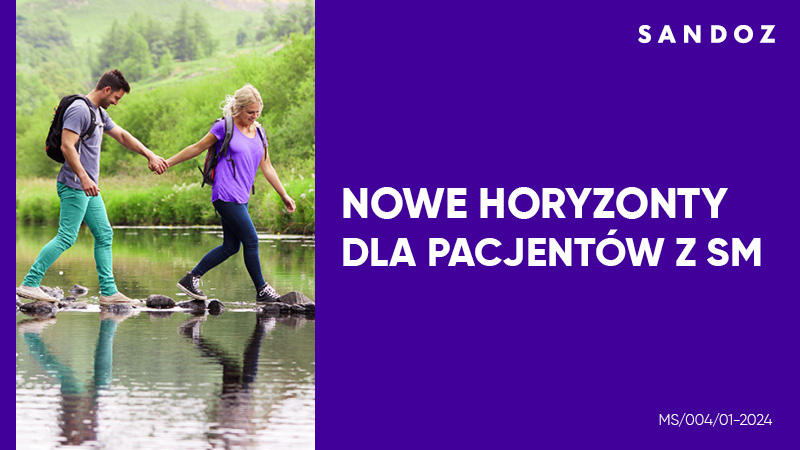Evaluation of the efficacy of constraint-induced movement therapy combined with botulinum toxin injection in patients with cerebral palsy – a scoping review
Aleksandra Piętka1, Julia Stochel1, Martyna Galicka1, Ewa A. Dudek1, Natalia Szpalerska1, Iwona Walecka2, Jakub S. Gąsior3
 Affiliation and address for correspondence
Affiliation and address for correspondenceIntroduction: Both constraint-induced movement therapy and botulinum toxin injection are well-researched and described therapeutic interventions in the group of patients with cerebral palsy. One of the main symptoms of damage to the central nervous system is excessive muscle tension, which may limit, among many other things, the manipulative and grasping skills of the upper limb. The most appropriate approach in patients with hemiplegia seems to be one that is aimed at enabling and then facilitating the use of the less functional limb. The aim of this study is to evaluate the efficacy of constraint-induced movement therapy combined with botulinum toxin injection in paediatric patients with cerebral palsy. Methods: In order to determine the efficacy of botulinum toxin injection combined with constraint-induced movement therapy, the PubMed medical database was searched using the following keywords: “botulinum toxin” and “constraint-induced movement therapy.” The inclusion criteria were the following: only papers in English and relating to paediatric patients. The literature review was based on the PRISMA Statement guidelines. Results: As a result of the database search, a total of 32 articles were found, of which four met the inclusion criteria. The protocols of all studies varied both in terms of the daily dose of training and the duration of therapy. Discussion: The combination of constraint-induced movement therapy with botulinum toxin injection allows for more frequent and effective use of the directly affected hand in children with cerebral palsy. A longer-lasting constraint-induced movement therapy with a lower intensity brings better results than a shorter-lasting therapy with a higher intensity. A significant improvement was observed for the grip assessment (functional assessment and Quality of Upper Extremity Skills Test – QUEST scale) and in the Goal Attainment Scaling – GAS results.







